Why Does Your Qi-xiong Ruqun Keep Slipping Down?
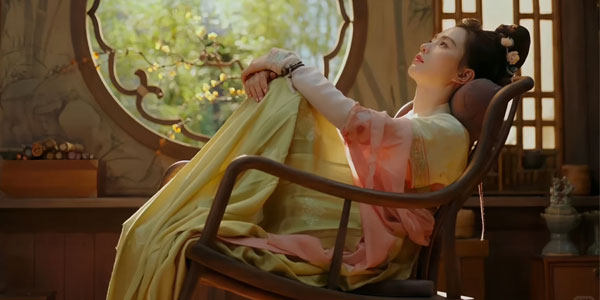
Have you ever had this thought? Other people look so graceful and elegant in Hanfu, but when you wear it, you suddenly become super cautious—worried I’ll step on my skirt, accidentally flash someone, or worse, that someone else might step on it. You end up walking like I’m tiptoeing through a minefield, and by the time you get home, your hanfu is halfway falling off.
One time I wore a Qi-xiong Ruqun (a high-waisted Chinese dress with the skirt tied above the chest) for a photoshoot, and I spent the entire time nervously holding my chest because it felt like the top might slip down at any moment.
It just didn’t feel secure! That got me wondering—back in the Tang Dynasty, these dresses didn’t have elastic or zippers or anything. Did women really rely on their bust to keep it all in place? How did they keep the skirt from falling?
Ⅰ. The Design of the Skirt
As many Hanfu fans know, by the Sui and Tang dynasties, the waistline of women’s skirts began to rise significantly. Today, this style is commonly referred to as “Qi-xiong”, meaning “chest-high.” And since most Qi-xiong skirts don’t have shoulder straps, gravity naturally pulls them downward—meaning your chest has to do some of the work to hold the skirt up.

But let’s break it down logically. Why don’t regular skirts tied at the waist fall off? Because your waist creates a natural anchor point—like a lock-and-key structure. As long as the waistband is tied tight enough, it won’t slip. Same with Qi-xiong skirts: once tied properly at the chest, it shouldn’t fall down, even if you jump or move around a lot.
Of course, traditional dressmakers weren’t clueless either. To help keep the skirt in place, they often used fabric with more texture or friction for the inner lining of the waistband, and the ties were made from materials with some grip—not smooth, slippery ones.
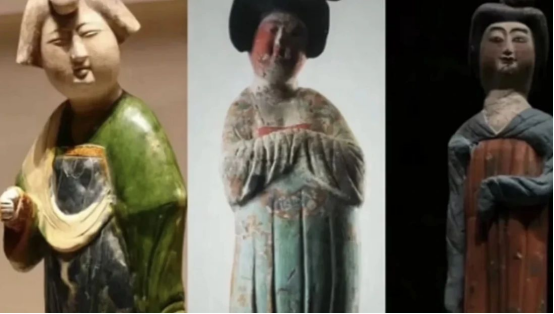
Ⅱ. How to Keep a Qi-xiong Skirt from Slipping
Many girls say their Qi-xiong skirts tend to slip down easily. If that’s happening to you, the first thing to check is the material of the waistband and ties. If they’re made from smooth, slippery fabric, it doesn’t matter how big your bust is or how tightly you tie it—unless you’re making a tight knot , it’s still going to loosen eventually. Sooner or later, the skirt will slide.
To fix this, you can try some practical tricks:
- Add a non-slip lining inside the waistband
- Use safety pins, fashion tape, or Velcro
- Sew in clear shoulder straps or use invisible clips for extra support
- Even nano tape can help prevent slipping (But it might damage the fabric)
- This logic applies to any high-waisted or chest-tied style—not just Qi-xiong skirts.
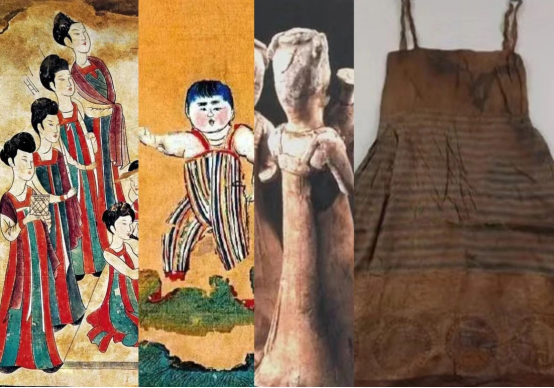
Ever watched a period drama and wondered how those outfits seem glued to the actors’ bodies? In shows like Flourished Peony, they often use hidden hooks and fasteners inside the garments to keep everything securely in place—much more stable than some of the modern ready-to-wear Hanfu we buy today.
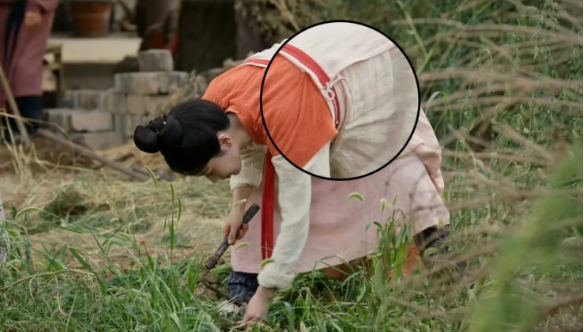
Now, the big question: what if you have a small bust?
No worries! The Tang Dynasty had Qi-xiong skirts with shoulder straps—yes, actual built-in straps! If your skirt is still slipping when using one of those, the issue might just be in how you’re wearing it.
Modern Hanfu brands often include small inner loops so you can add your own detachable straps too. And if not, you can always sew in a few yourself. With that kind of support system in place, there’s no way your skirt’s going anywhere!

Beyond just spaghetti straps or detachable shoulder bands, some historical Hanfu skirts even had built-in elastic or drawstrings—yes, even back in the Tang Dynasty! They’re rare, but they existed.
For example, the yellow skirt was found in the Astana Tombs, and the white one is a reconstruction based on Tomb 379 from the same site. These designs show that women had practical, wearable styles back then too—not just aesthetics.

And don’t stress too much if your chest just can’t hold up a qixiong skirt. There’s always the “qiyao” style, where the skirt is worn at the waist. It’s more secure, more common, and has stood the test of time.
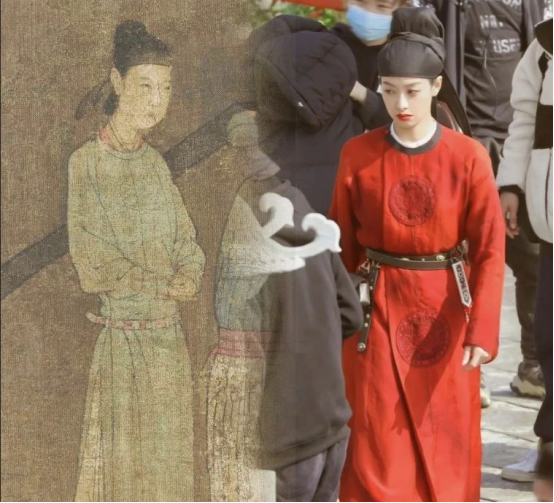
You can even go for the unisex look—round-collar robes traditionally worn by men look equally dashing on women. Tang Dynasty women had tons of clothing options, and let’s be real—they wore whatever made them feel confident and fabulous.
Summary
Adding inner buttons to Hanfu or wearing invisible suspenders can prevent your skirt from falling. The internet really has it all – I accidentally came across a complaint post by an extra from Flourished Peony, who said their qixiong ruqun fell off seven or eight times a day. The sash was tied so tightly that it made them unable to breathe.
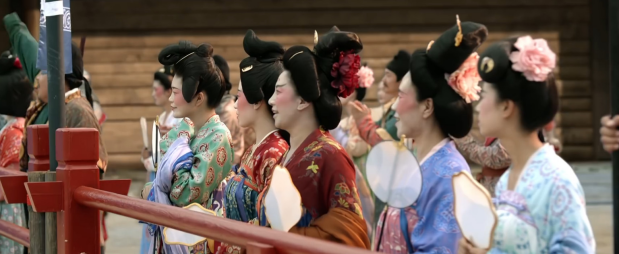
Just remember, don’t sacrifice comfort for photos. There are plenty of beautiful Hanfu styles to choose from. If one style doesn’t work for your body, just try another—you’ll still look amazing.
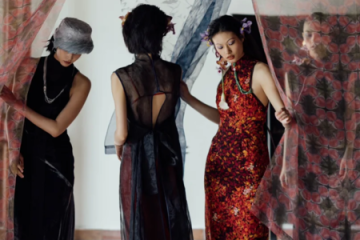
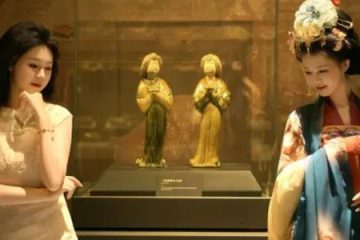

0 Comments